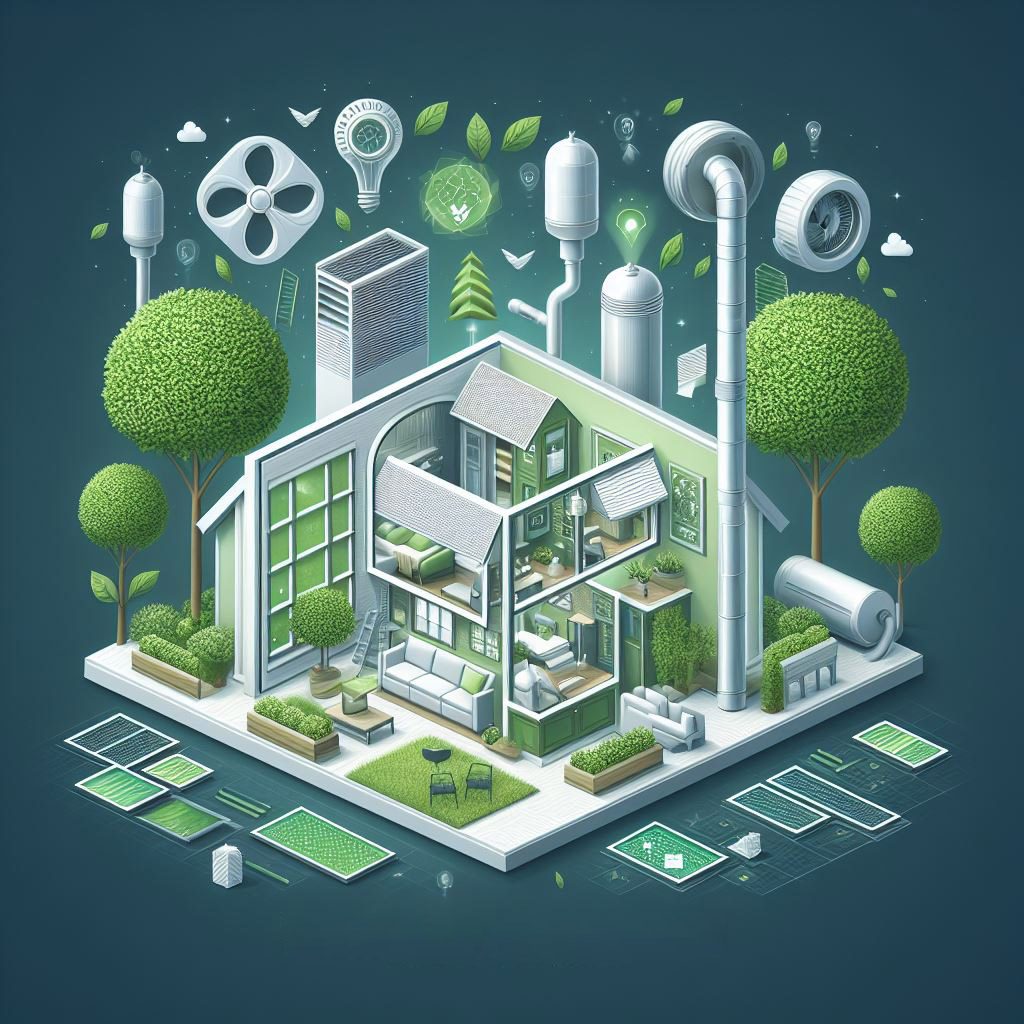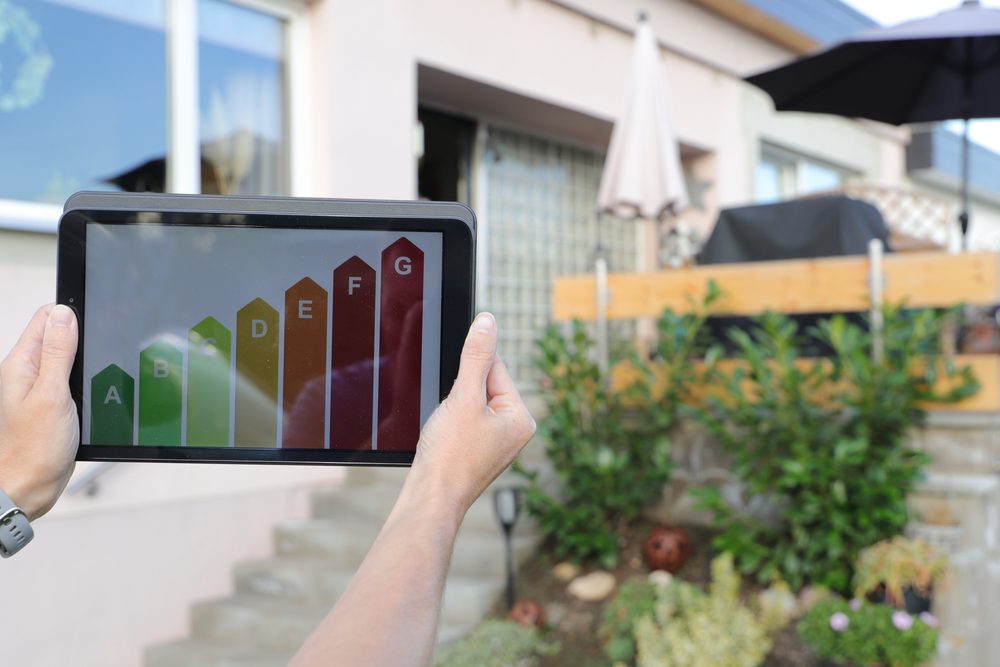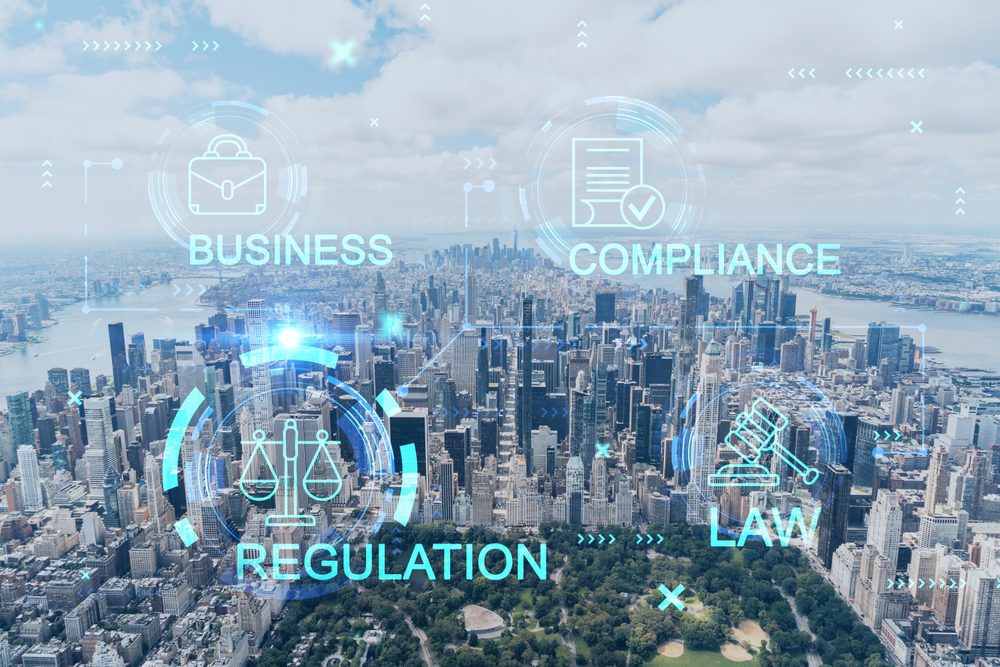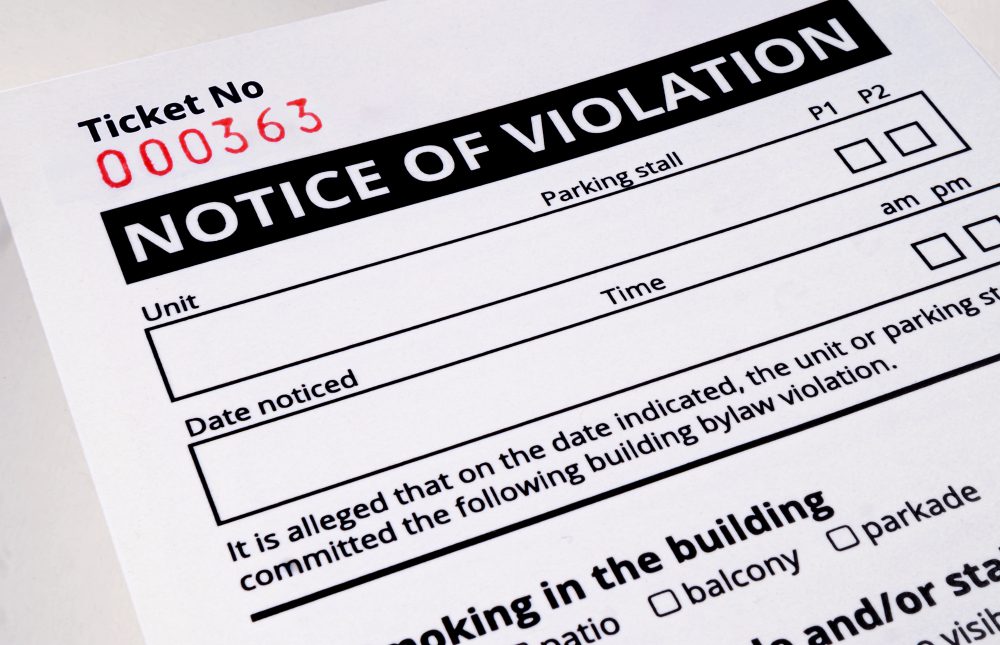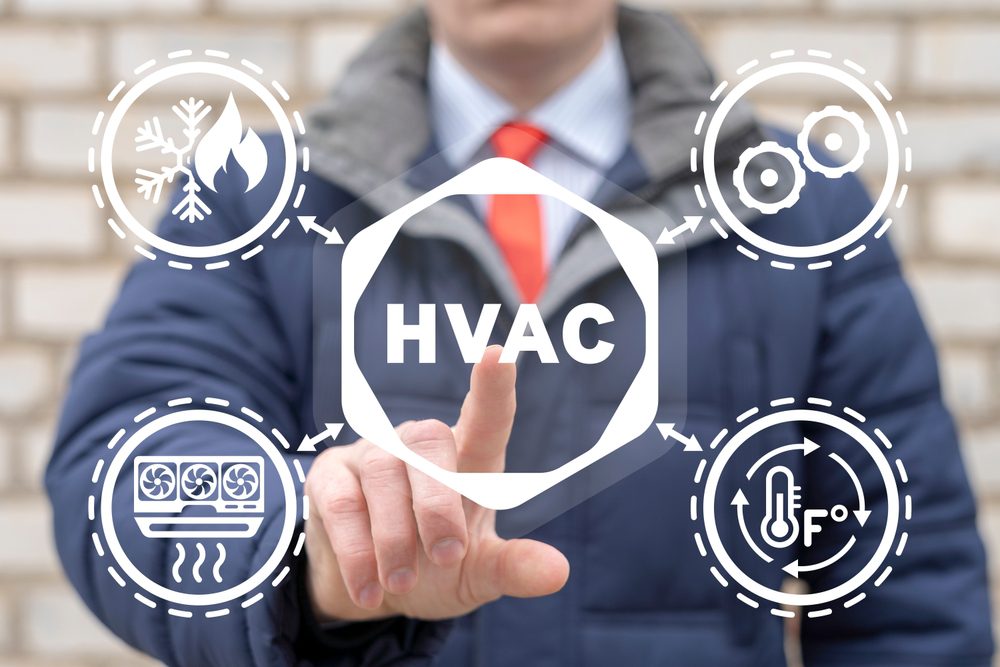Navigating the contemporary business landscape has become a balancing act of profit and purpose, necessitating a profound commitment to Environmental, Social, and Governance (ESG) principles. In a world where customers, investors, and stakeholders are increasingly favoring companies with sustainable practices, ESG factors have become a non-negotiable aspect of corporate strategy. The integration of commercial energy audits into this strategy is a powerful way to align a company’s operations with its ESG goals. This blog explores the multifaceted value that energy audits bring to an organization through the lens of ESG.
I. Introduction
Understanding ESG
The ESG framework offers a holistic view of a company’s operations, extending beyond financial metrics to include environmental stewardship, social responsibility, and sound governance. With ESG factors influencing everything from consumer loyalty to investment decisions, businesses are under increasing pressure to demonstrate their sustainability credentials.
ESG in the Business World
The rise of ESG reflects a broad recognition that businesses have a critical role to play in tackling global challenges such as climate change, social inequality, and corporate ethics. ESG performance has become a pivotal factor in how a company is valued and perceived in the marketplace.
Commercial Energy Audits and ESG
In this context, commercial energy audits serve as an indispensable tool for organizations seeking to bolster their ESG profile. By providing a detailed examination of energy flows and inefficiencies within a company, energy audits lay the groundwork for sustainable practices that resonate across all three ESG pillars.
II. Understanding the Environmental Benefits
The Essence of Commercial Energy Audits
Commercial energy audits involve a comprehensive assessment of a facility’s energy use. Energy auditors inspect the building’s envelope, examine HVAC systems, lighting, appliances, and other energy-using equipment, and analyze energy bills to identify inefficiency hotspots.
Environmental Advancements Through Energy Audits
Greenhouse Gas Emissions: Energy audits are pivotal in identifying ways to reduce energy consumption, which directly correlates to lower greenhouse gas emissions. This is more than a corporate responsibility; it’s an urgent global necessity as highlighted by the Intergovernmental Panel on Climate Change (IPCC).
Natural Resource Preservation: Every kilowatt-hour (kWh) of energy saved means less fuel burned at power plants, translating to conservation of water, coal, natural gas, and other resources.
Environmental Quality: Reducing energy consumption decreases the emission of pollutants, contributing to improved air and water quality, which are essential for healthy ecosystems and communities.
III. Exploring the Social Benefits
Energy Audits as a Vehicle for Social Good
Energy audits extend their influence into the social fabric of a company and the wider community in several ways: Workplace Environments: Better energy management often leads to improved indoor environmental quality – from enhanced lighting to optimal heating and cooling – contributing to employee health and satisfaction.
Community Impact: Investment in energy efficiency can stimulate job creation in the green sector and lead to community-wide benefits such as reduced energy costs and improved infrastructure.
Enhanced Reputation Through Energy Stewardship
The ripple effect of energy audits enhances a company’s stature as a socially responsible entity. A commitment to energy efficiency can elevate a company’s brand, improve stakeholder relations, and attract socially conscious consumers.
IV. Unpacking the Governance Benefits
Governance Strengthened by Energy Insight
Effective corporate governance is informed by reliable data and stringent oversight, both of which are facilitated by energy audits:
Regulatory Adherence: Energy audits help ensure compliance with ever-evolving environmental regulations, protecting companies from legal risk and potential financial penalties.
Stakeholder Engagement: Transparency in energy management builds trust with shareholders, customers, and the community, demonstrating accountability and ethical governance.
Risk Management and Long-Term Planning
By identifying potential energy-related risks and inefficiencies, energy audits support proactive governance and strategic planning for sustainable growth.
V. The Commercial Angle: Economic Incentives
Financial Implications of Energy Efficiency
The direct economic advantages of reduced energy consumption include lower operational costs, but the benefits do not stop there. Energy efficiency can also lead to tax incentives, rebates, and improved asset value.
Boosting Operational Efficiency
Efficiency transcends energy consumption, influencing overall operational performance. Systems that are well-maintained and optimized for energy efficiency tend to have longer lifespans and cost less to operate and maintain.
VI. The Road Ahead: ESG Reporting and Energy Audits
The Escalating Role of ESG Reporting
As ESG reporting becomes standardized, it offers a valuable opportunity for businesses to articulate their sustainability narrative. Energy audits supply the hard data that underpins credible ESG disclosures.
Energy Audits Informing Future Trends
The data derived from energy audits are becoming more critical as predictive analytics and AI shape the future of ESG reporting. With the right data, companies can not only report on past performance but also model future initiatives and their potential impacts.
VII. Conclusion
The intersection of ESG and commercial energy audits offers businesses a potent mechanism for signaling their commitment to a sustainable future. As organizations globally are called upon to act responsibly, energy audits stand out as a strategic component in any comprehensive ESG program.
The adoption of energy audits presents an opportunity to make meaningful progress toward environmental conservation, social responsibility, and ethical governance, casting businesses not just as economic entities but as pillars of a sustainable future.
Business leaders interested in leveraging commercial energy audits for enhanced ESG performance can initiate the process by engaging with professional auditors who specialize in sustainable energy practices.
With this call to action, we urge businesses to recognize the unmatched value of commercial energy audits in elevating their ESG profile, enhancing their financial stability, and contributing to a more sustainable world. The time for action is now – for the good of the environment, society, and corporate governance.
VertPro.com serves as a resourceful platform for property owners and managers seeking to enhance their buildings’ energy efficiency. The site offers a range of services, including Commercial Energy Audits, Benchmark Compliance consultancy, and a Construction Marketplace. At the heart of VertPro® is a suite of SaaS technology-based solutions designed to assist in navigating the complexities of Energy Benchmarking and Energy Audits/RCx Plus, while ensuring adherence to over 60 Energy Benchmarking and Energy Efficiency Laws across the country.
For those looking to improve their property’s energy usage and operational value, VertPro.com provides a diverse array of tools and information. The site aims to facilitate a better understanding of energy efficiency practices and legislation, helping building owners and property managers make informed decisions about their energy strategies while complying with all energy ordinances and laws.





